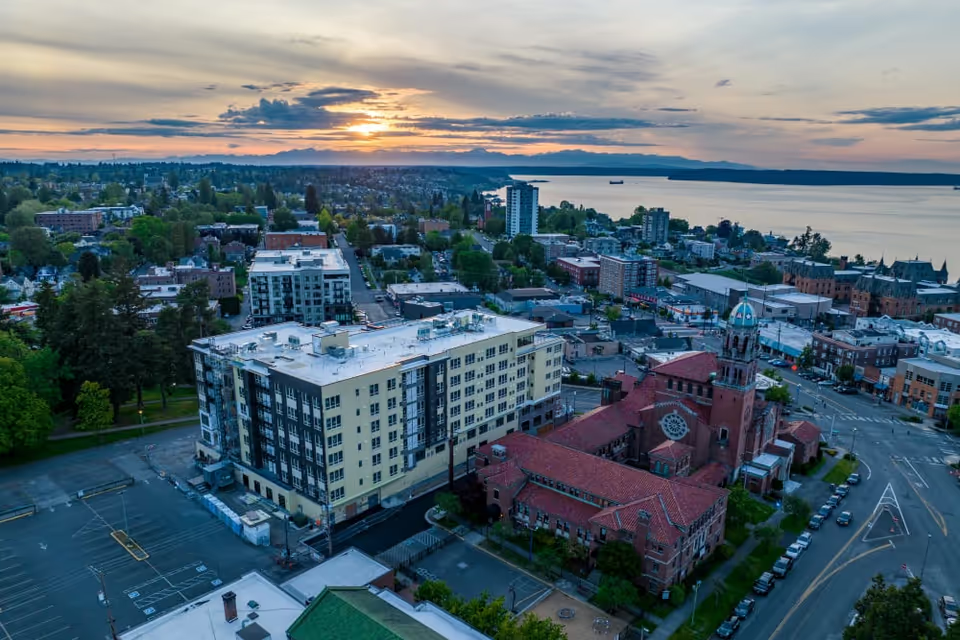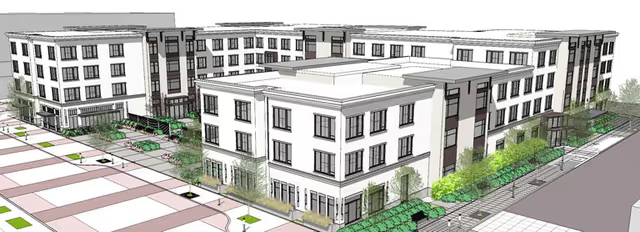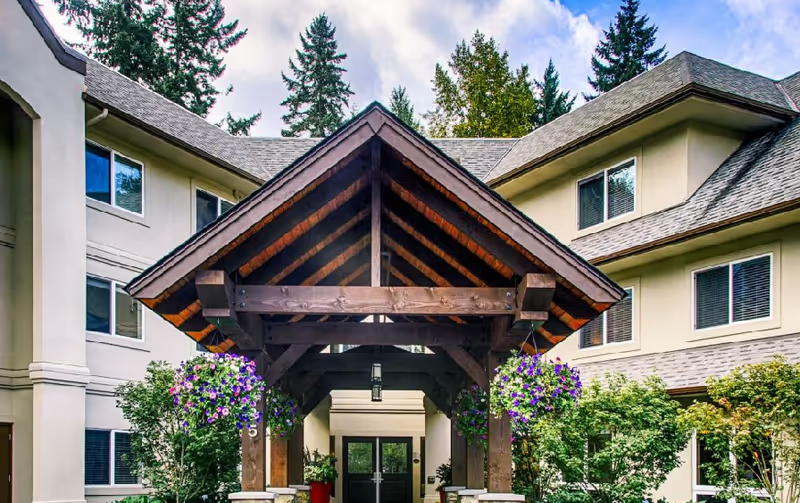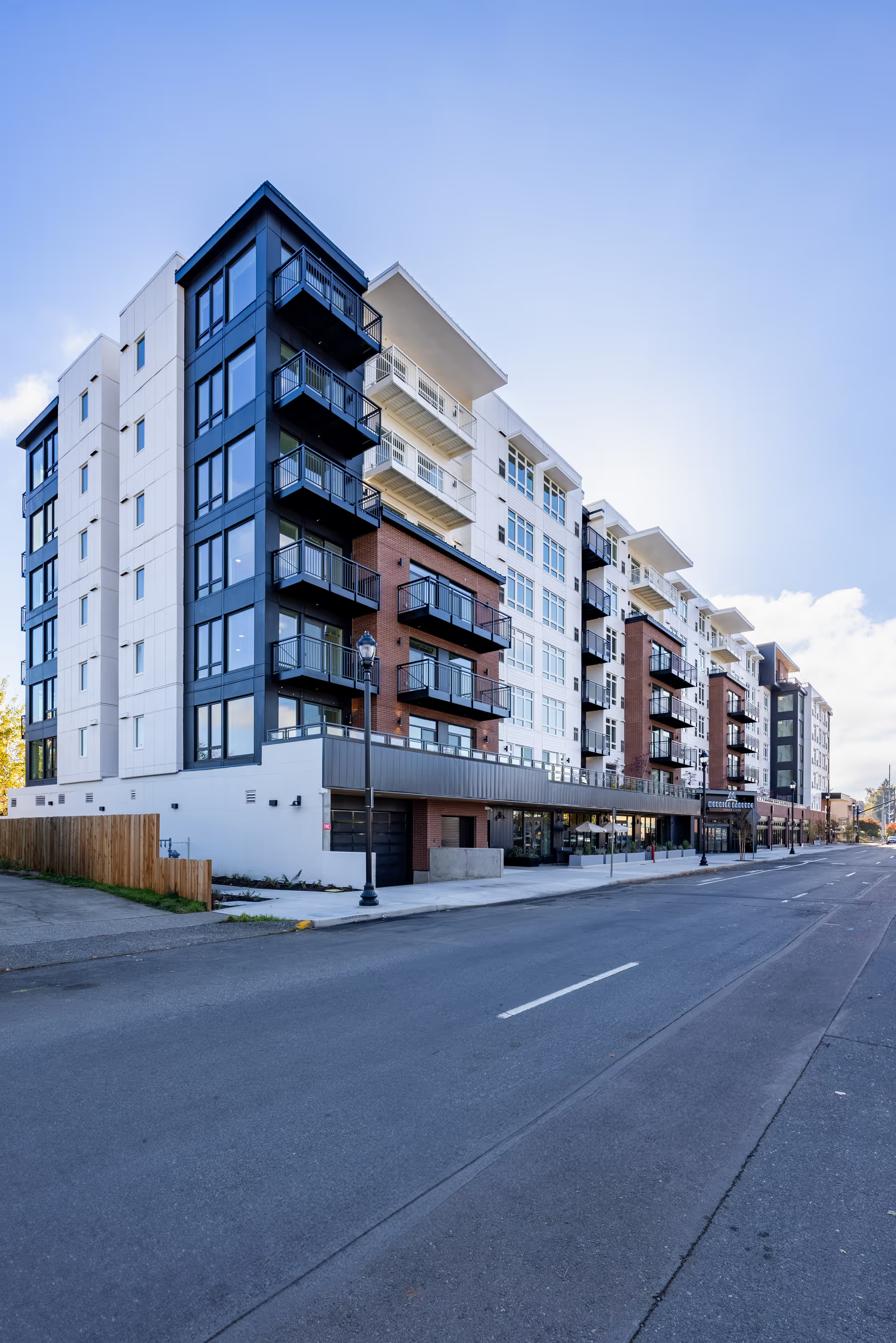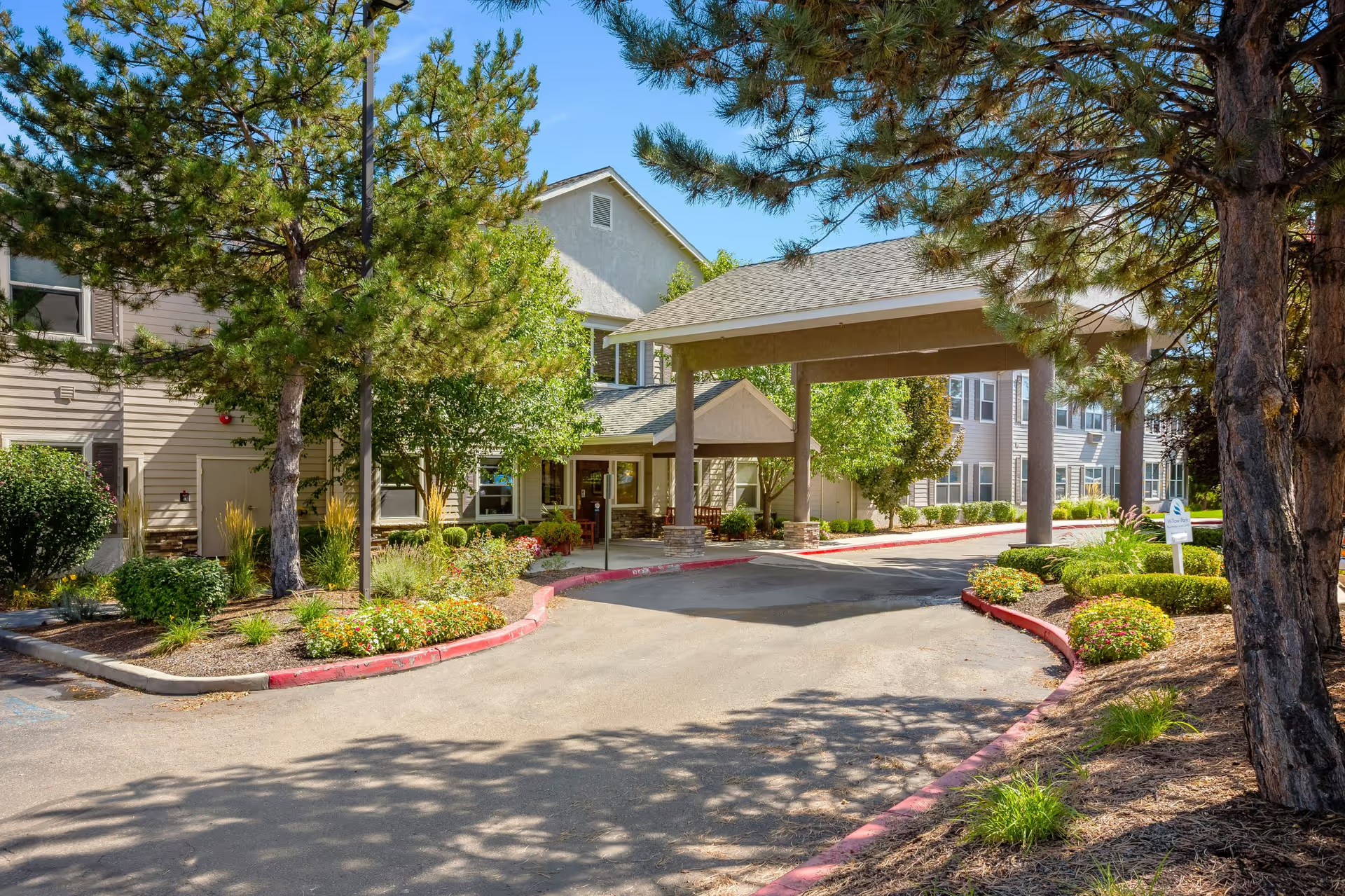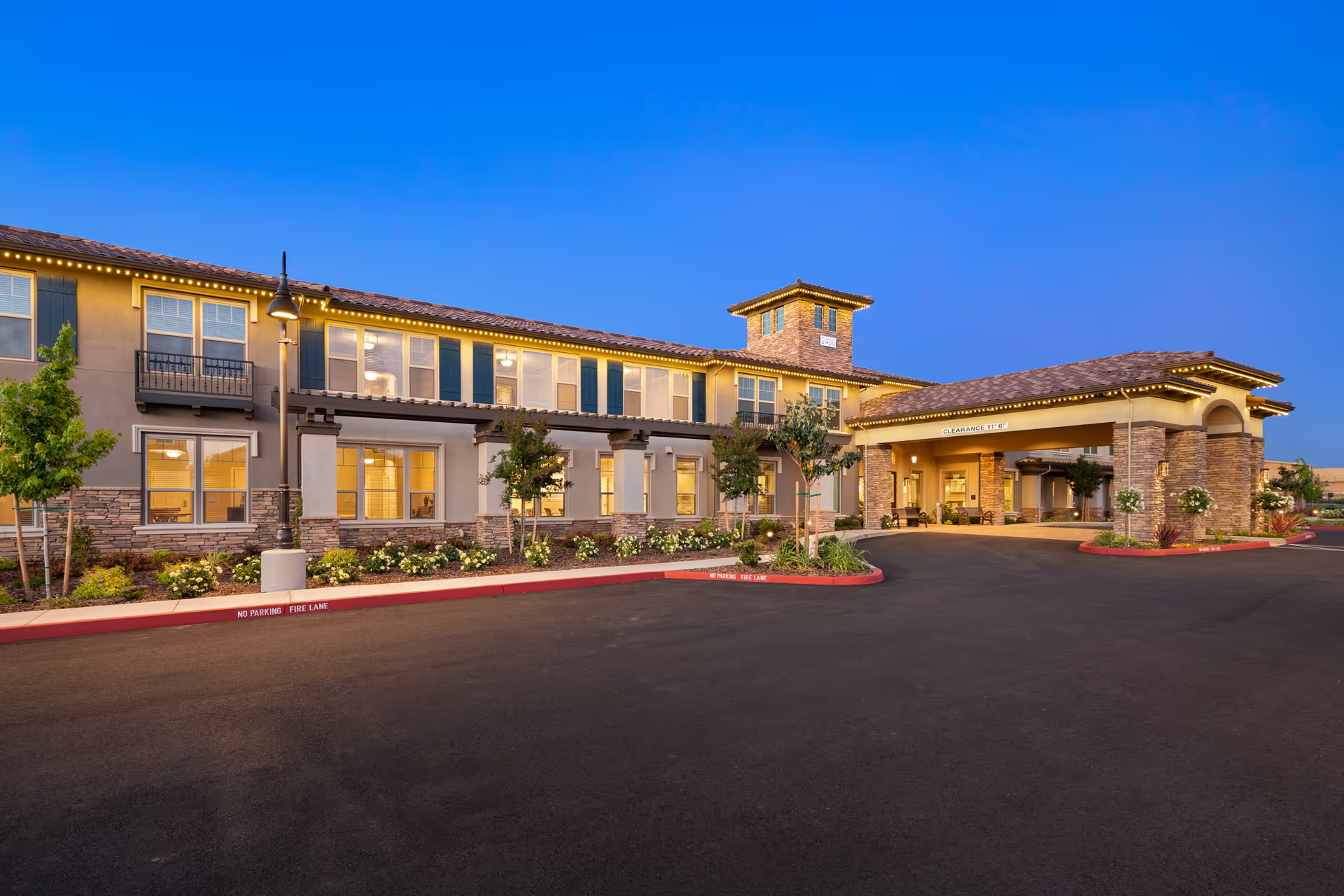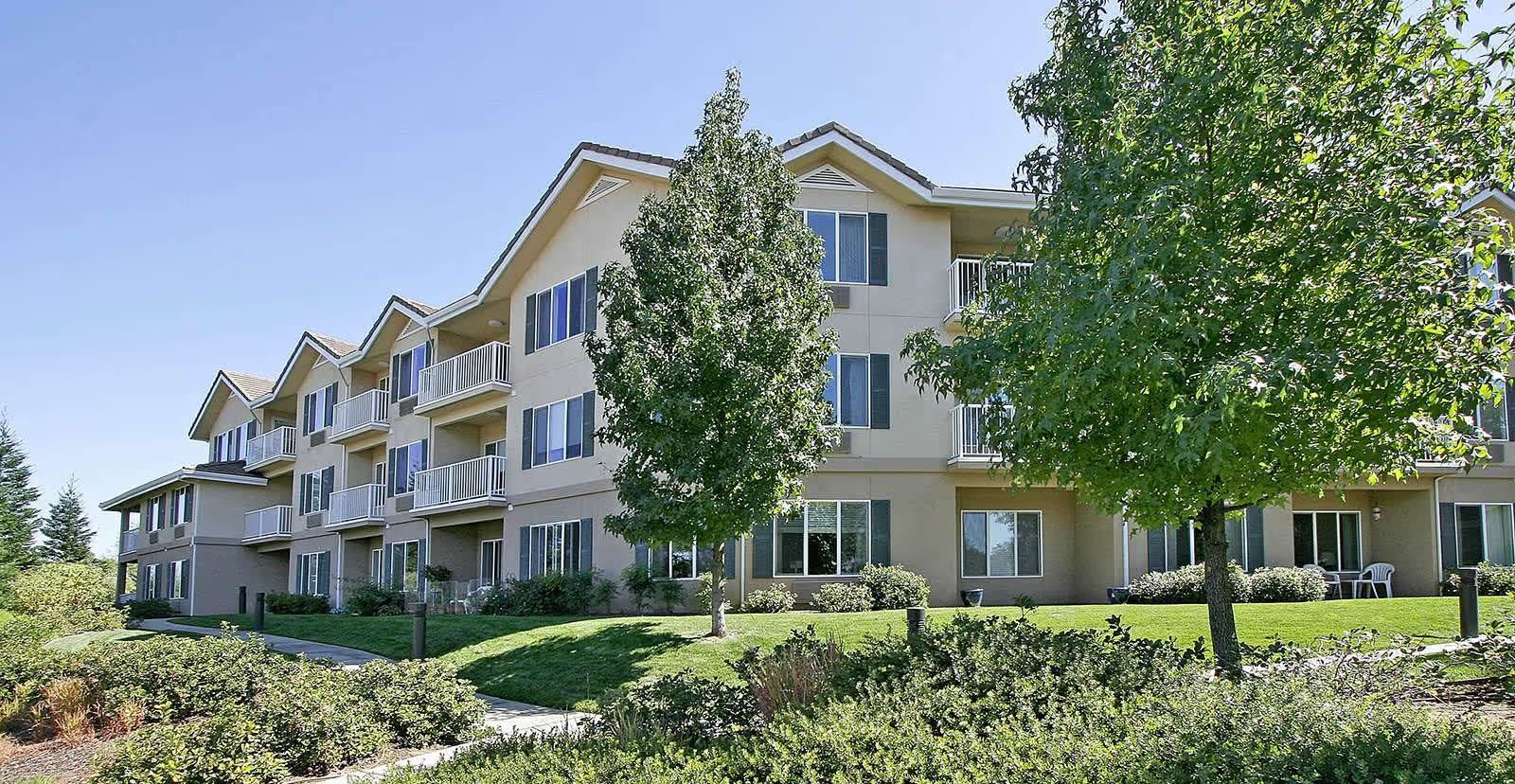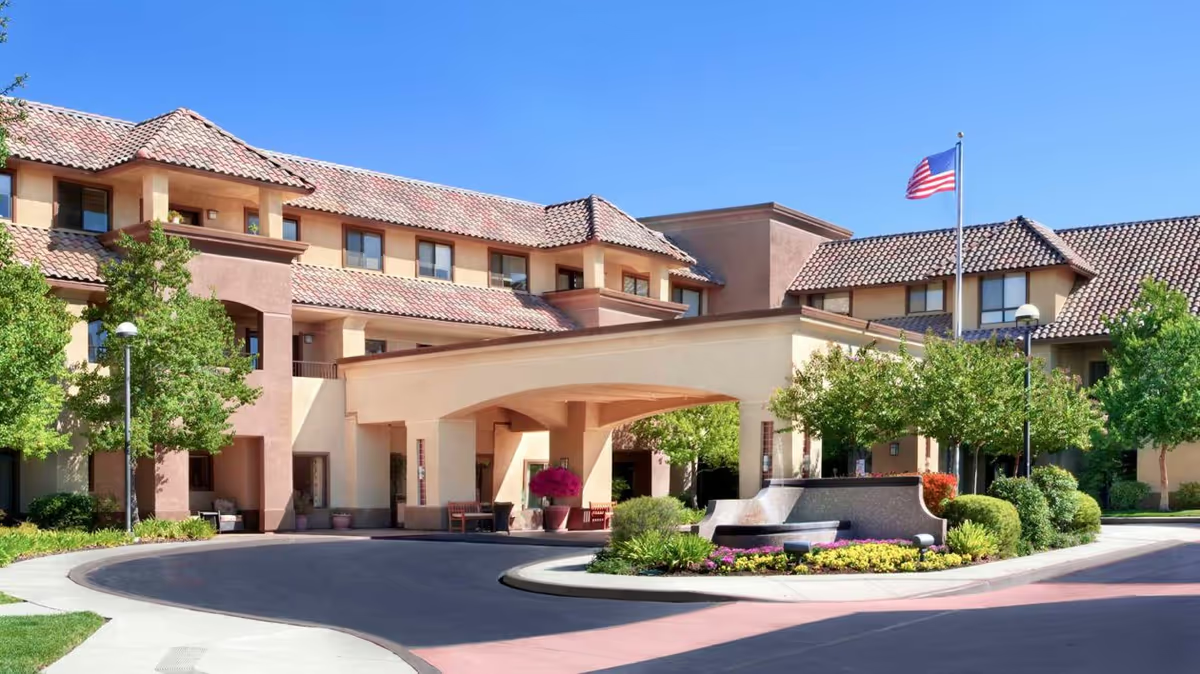Overall sentiment across the supplied reviews is predominantly positive, with a clear and recurring emphasis on the quality and compassion of the staff. Multiple reviewers describe the personnel as friendly, professional, caring, and dedicated; many comments stress that staff go "above and beyond," creating a patient-centered environment focused on residents' quality of life. Rehabilitation and therapy services receive especially strong praise — the therapy team is repeatedly called "amazing," and reviewers mention effective rehab outcomes and that residents (and family members) appreciate the therapeutic support. Several accounts also emphasize excellent short-stay experiences and the facility’s role as a useful community resource.
Support services beyond nursing and therapy are also highlighted. Reviewers note a diligent social worker, good family support and resources, and generally positive communication from staff in many cases. The facility is described as clean and home-like by several reviewers, with happy residents and staff contributing to a positive atmosphere. Its location directly across from a hospital and near specialty doctors is a pragmatic advantage cited by families, particularly for residents who need quick access to higher-level care. There are mentions of ongoing improvement efforts and a consistent focus on quality, which aligns with repeated endorsements such as "exemplary care" and "high quality care."
However, the reviews are not uniformly positive; a number of concerning themes and outlier incidents appear. Several reviewers reported rude behavior from staff, instances of perceived neglect, and very poor communication — examples include being placed on hold without callbacks and having calls hung up on. These issues point to inconsistent experiences that may depend on particular shifts, staff members, or situations. A particularly serious and alarming thread involves end-of-life care and visitor restrictions during COVID: at least one reviewer described a hospice patient being refused visitors and left to "die alone," calling the situation "deplorable." This kind of report raises important red flags about visitor policy enforcement, communication in crisis situations, and how infection-control measures are balanced with compassionate end-of-life care.
Facility condition and local context are additional considerations. Multiple reviewers remark that the building is "not the prettiest or newest," indicating an older facility, and some note that in a small town like Aberdeen there are limited alternatives for long-term care. The small-town context is double-edged: some reviewers say "small town, few problems," while a few characterize the place strongly negatively (e.g., "hell hole"). These extreme opinions suggest variability in experiences rather than a uniform standard of care problems across the board.
In summary, the dominant pattern is strong praise for staff attitude, caregiving, therapy and rehabilitation services, and family support structures — all factors that contribute to many families feeling confident and relieved about residents' care. Nevertheless, there are important and repeated concerns about inconsistent communication, occasional rude or neglectful behavior, an older facility, and at least one severe complaint about visitor refusal at end of life during COVID. For prospective residents or families considering Grays Harbor Health & Rehabilitation Center, the evidence suggests this facility can deliver high-quality, compassionate care, particularly in rehab and therapy. At the same time, it would be prudent to ask direct questions about current visitor policies, end-of-life protocols, staff turnover and training, complaint resolution processes, and recent quality improvement actions to ensure the specific risks highlighted by the negative reviews have been addressed.
